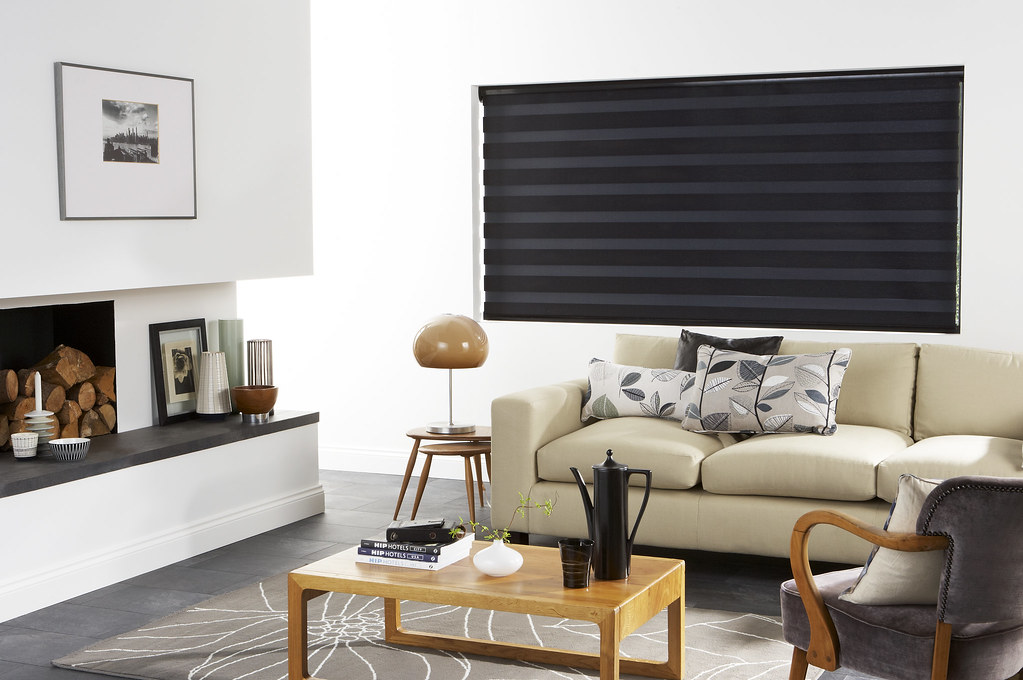Look no farther than blackout blinds for gorgeous window coverings that offer the greatest amount of light filtering capabilities. These window coverings use opaque fabrics to block light. They’re useful in places like bedrooms and offices where you don’t want too much light.
We’ll teach you how to use blackout blinds in this article, as well as where to utilize them in your home.
How Do Blackout Blinds Work?
A form of roller blind that is often called blackout curtains uses a nontransparent fabric to improve light control. The thick or opaque cloth prevents light from passing through tiny gaps between the fabric weave. To increase light filtering, light-colored blackout blinds may have a blackout lining.
Typically, the fabric is tucked into a side rail to prevent light from leaking between the blind and the window sill or sides. If there isn’t a side casing on the blind, it can be placed outside of the recess.
Manual or motorised blackout roller blinds can be raised and lowered manually or with a motorised device. The fabric is contained in a roll-up casing that rotates and unrolls to raise or lower the blinds. Blinds are adjusted by pulling on either side of the cloth using a cord or chain.
Blinds come in a variety of styles and materials, including roller blinds, vertical blinds, Perfect Fit blinds, and Roman blinds. Blinds with a translucent weave are known as dimout blinds. Fabric that allows some light to pass through is used to make these blinds, which are made from a wide range of textiles including see-through voile materials and thick cotton.
Where Do Blackout Blinds Work Best?
Blinds with a blackout feature may be installed in almost any area of the home. Because of their light-blocking characteristics, they are well suited for certain places.
The following are some of the areas that may benefit from blackout blinds:
Offices: Light may be a problem in offices with numerous monitors and displays. This is because light might create reflections and make reading digital screens difficult. You can use blackout blinds to keep others out while still being productive.
Schools: Blackout blinds are ideal for classrooms with digital whiteboards since they allow teachers to see what is going on without being distracted by bright sunlight. The blinds can also block light, making the screen brighter and simpler to view.
Bathrooms: Blinds with blackout technology provide a lot of seclusions, making them ideal for bathroom windows. Even in high-moisture settings, because they’re made of cloth, you won’t have to worry about them expanding.
Bedrooms: Bedroom blackout blinds may assist you to get more sleep by blocking out streetlights’ bright glare. They’re particularly useful for people who work night shifts and need to rest during the day.
Nurseries: Outfit your nursery with blackout blinds for complete privacy and light control. The dark settings might help your youngster sleep better and help to keep your home’s temperature optimal.
Patio and bifold doors: Blackout vertical blinds are ideal for patio doors that want privacy and better light control. Because vertical blinds move side to side rather than up and down, you can effortlessly open your bifold or patio doors.
